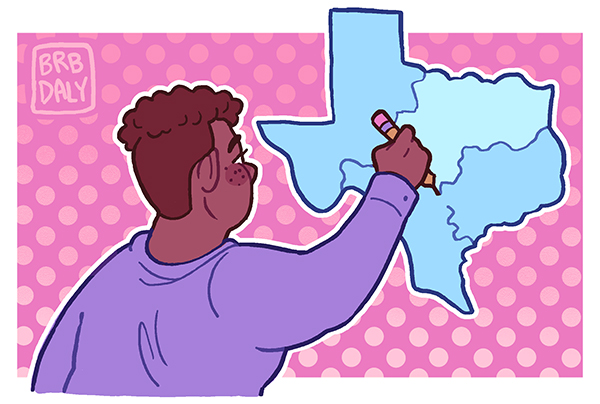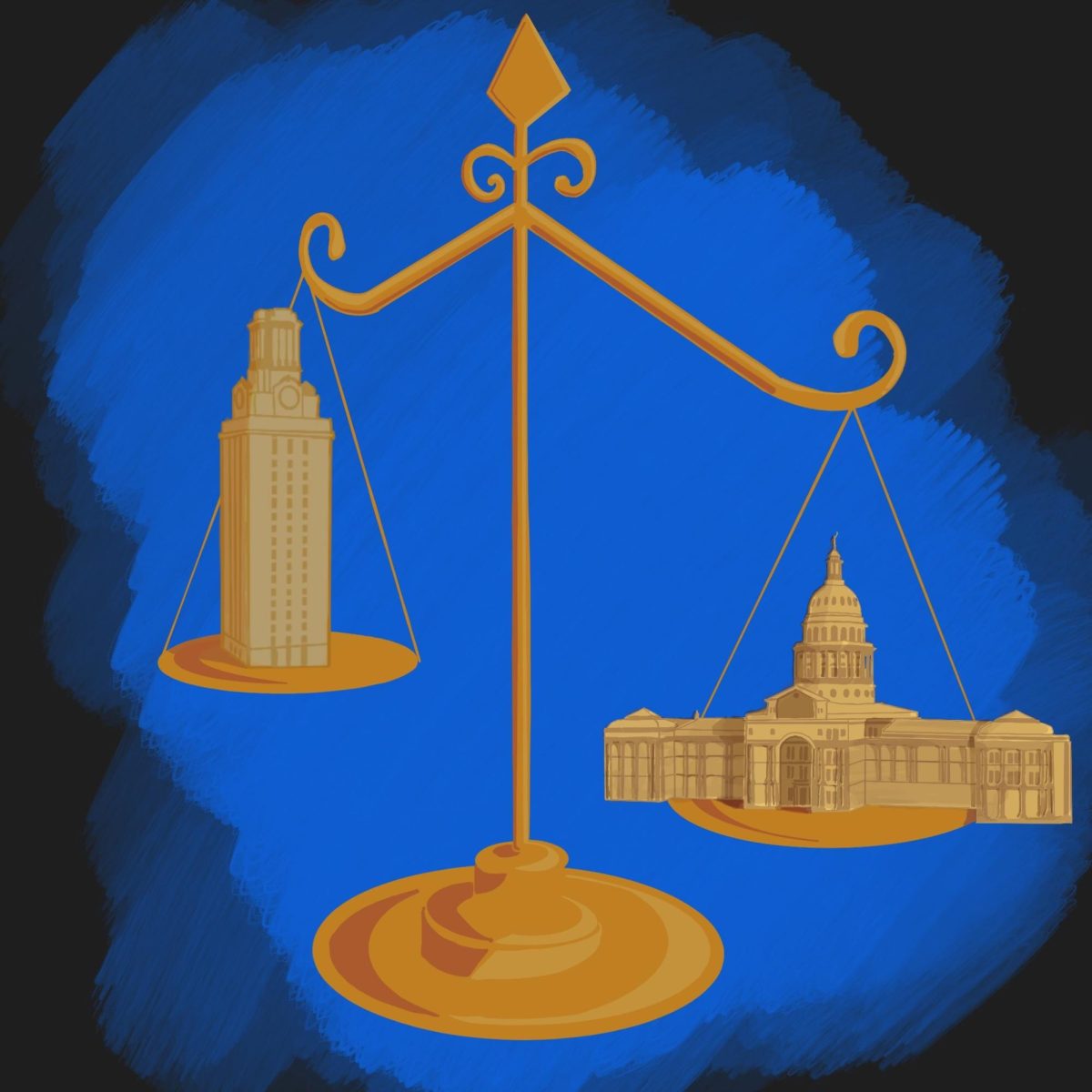The start of Texas’ 87th legislative session on Jan. 12 marked the beginning of legislators’ redistricting process, when legislative and congressional boundaries will be redrawn.
The drawing of district boundaries in Texas influences individual representation on both a state and national level as it determines representatives from Congress, the Texas Legislature, the State Board of Education and Texas’ 481 district courts. Throughout the first regular session, which lasts through April 1, legislators will propose district maps using 2020 U.S. Census data to apportion 261,180 square miles of land among approximately 29 million people.
Miguel Rivera, the redistricting outreach fellow for the Texas Civil Rights Project, said the redistricting process is particularly important for students at UT because those living in West Campus, North Campus, Riverside and Hyde Park are all represented through different districts.
“This student population, this young body has their political power divided into all of these different districts,” Rivera said. “They can’t unitedly petition for needs that are pretty similar across the board when you’re a student at UT.”
Joseph Fishkin, the Marrs McClean Professor in Law, said Austin, which is politically liberal, has been effectively divided into multiple districts so there is no district representing the majority of Austin.
Drawing district boundaries to favor a political party or reduce the voting power of a certain demographic is known as “gerrymandering.” Texas has a history of issues with gerrymandering, according to the Princeton Gerrymandering Project. Fishkin said Texas has been an outlier in how often the state has been found by courts to have discriminated against Black and Hispanic citizens when redistricting.
During the last redistricting cycle in 2011, accusations of intentionally underrepresenting minorities were brought to the U.S. District Court for the District of Columbia, which ruled that “the State of Texas used an improper standard or methodology to determine which districts afford minority voters the ability to elect their preferred candidates of choice.”
“This problem that has long existed will become more acute because the laws and the Supreme Court have made it clear to legislators that partisan gerrymandering is not going to result in liability, whereas racial gerrymandering still can,” Fishkin said.
Texas’ constant intrastate migration and substantial changes over the last 10 years need to be taken into consideration throughout the redistricting process, said Grant Rommel, president of the University of Texas College Republicans.
“You could see people from West Texas move out to Central Texas and if those constituents are being represented in a certain way, they need to be properly represented and not in an outdated fashion,” Rommel said.
University Democrats President Brandon Bradley said the way the state is apportioned can make it more difficult for individuals to identify or contact their representatives. Government senior Bradley said as the redistricting process continues throughout this legislative session, Texas residents can advocate for accurate and fair representation.
“You have all sorts of confusing situations where it’s not clear who your representative is and it’s difficult for you to organize and get your representatives’ attention,” Bradley said.




















